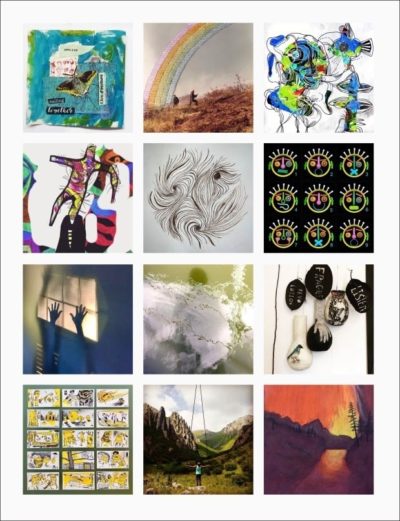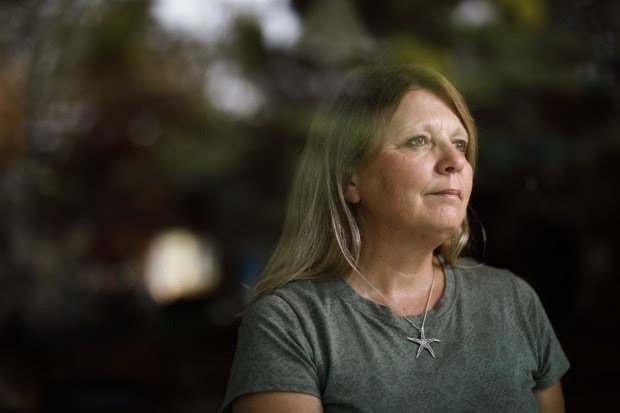Item Link: Access the Resource
Date of Publication: October 19. 2020
Publication City: San Jose, CA
Author(s): Joan Morris
Newspaper: Mercury News
Sunnyvale artist Michele Guieu spurs dialogue on Stanford website.
Long before the coronavirus pandemic hit, putting the world’s vulnerabilities in sharp focus, artist Michele Guieu was worried.
Climate change, injustice, animal species being pushed to the brink of extinction. These were some of the world’s problems that kept her up at night. Then two years ago, Guieu read “How Everything Can Collapse: A Manual for our Times” by Pablo Servigne and Raphaël Stevens, a staggering book that postulates how trends and practices are pushing the world, now so interconnected, toward a global collapse.
Instead of being an apocryphal and bleak prediction of what will happen, the book is intended to inspire the world to change the future by changing the present, and Guieu was moved. When the pandemic came, she felt called to act.
“We, as people, as artists, have to look at what we can do to help others understand and protect our Earth,” says the Sunnyvale artist. “We’ve had so many wake-up calls before that we’ve ignored. I’m very hopeful that finally something is starting to move. The load is so big, so heavy, but we have to do what we can.”
Guieu, an installation artist who works only with recyclable materials, reached out to other artists and asked them to use their work to widen the conversation in ways only art can do, touching our emotions, reminding us of our commonalities, and inspiring us to be better
The submitted works are contained on an arts community page hosted by the Millennium Alliance for Humanity and the Biosphere, a digital site created by Stanford University. MAHB, pronounced “Mob,” defines itself as “a meeting place for global civil society — citizens concerned with the interconnections among the greatest threats to human well-being.”
Guieu launched her What’s Next For Earth project on, naturally, Earth Day 2020, and each month she poses a question to artists — painters, photographers, poets, muralists, sculptors, weavers — to answer by making something, photographing it and submitting it for upload onto the page.
“Art can be at the center of the transformation,” Guieu says. “We have strong images of things we dream of. I want to make people think about what is most important to them — animals, nature, the environment — and how we can live with them, not above them.”
Together, the artworks form a conversation about possibilities and realities, about relationships between humans and the planet.
“It’s not fun,” she says. “It’s not quick. There’s no reward except there is a reward — being part of the answer.”
Guieu was born in France, into a family of scientists. She had a rounded education in that area, but her path took her in a different direction. She studied design and worked for a number of years with foundations and museums. After meeting her future husband, she took a break from her career to get married and have two sons, now 18 and 19.

She had long been a skilled artist, working in many different media, so instead of going back to designing, she chose to work in art and now teaches workshops, mostly for children, that combine art with lessons on pollution and other problems that haunt communities.
She also does commissioned installations, which by her rules must be made of recyclable materials, simple and low-impact on the environment.
When COVID-19 shuttered art galleries and schools, Guieu found herself looking for something meaningful to do, which turned out to be What’s Next For Earth.
“I want to give people images of a world where we can use less and have more time for ourselves,” she says. “So I ask the artists, ‘What do you see that is possible? What are we ready to lose? What do you want to keep? What do you cherish?’”
Guieu says she isn’t sure what the future is for the collection, but she wants to keep the conversation going.
“I’m scared, but I don’t want to be frozen,” she says. “This project is action.”
Learn more about participating in the project here.
By JOAN MORRIS | Bay Area News Group
Republished with the author’s permission.
The views and opinions expressed through the MAHB Website are those of the contributing authors and do not necessarily reflect an official position of the MAHB. The MAHB aims to share a range of perspectives and welcomes the discussions that they prompt.
